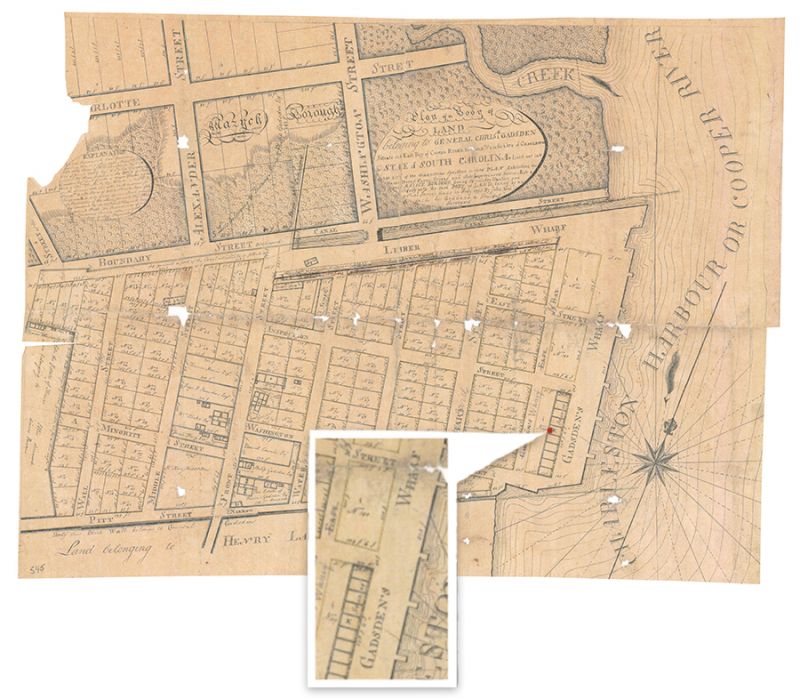The International African American Museum opens near the site later this year

Gadsden’s Wharf, One of the largest wharfs in North America at the time, later became the site where thousands of enslaved African people arrived in the country.
When the news was published on March 7, 1774, that Gadsden’s Wharf on the Cooper River was complete, a new era for the port of Charleston had begun.
Financed by wealthy merchant and Revolutionary War leader Christopher Gadsden, the 840-foot wharf built by enslaved people stretched from Laurens to Calhoun streets and was then the largest in the colonies, accommodating several ships at once. But that is not why it’s known to history.
The wharf is significant because of what transpired there between two later March dates. On March 17, 1787, South Carolina voted to halt the transatlantic slave trade for 15 years. But after the sale of enslaved people resumed in 1803, Gadsden’s Wharf became the landing site for a barbarous last push to import as many Africans as possible until a federal law, passed on March 2, 1807, required such trafficking to be cut off forever by the end of that year.

(Left) Christopher Gadsden, a Revolutionary War leader and enslaver, had Gadsden’s Wharf built on the Cooper River in 1774; (Right) The International African American Museum will open later this year near the site of Gadsden’s Wharf.
During that brief period, tens of thousands of Africans stolen from their homes landed at Gadsden’s Wharf, the only location licensed by the city. It became a place associated with human misery, death, and disease, as greed for profits took precedence over humanity.
Today, the International African American Museum, opening this year to “honor the untold stories of the African American journey,” stands on the land—a lone note of justice in a place of terrible tragedy.